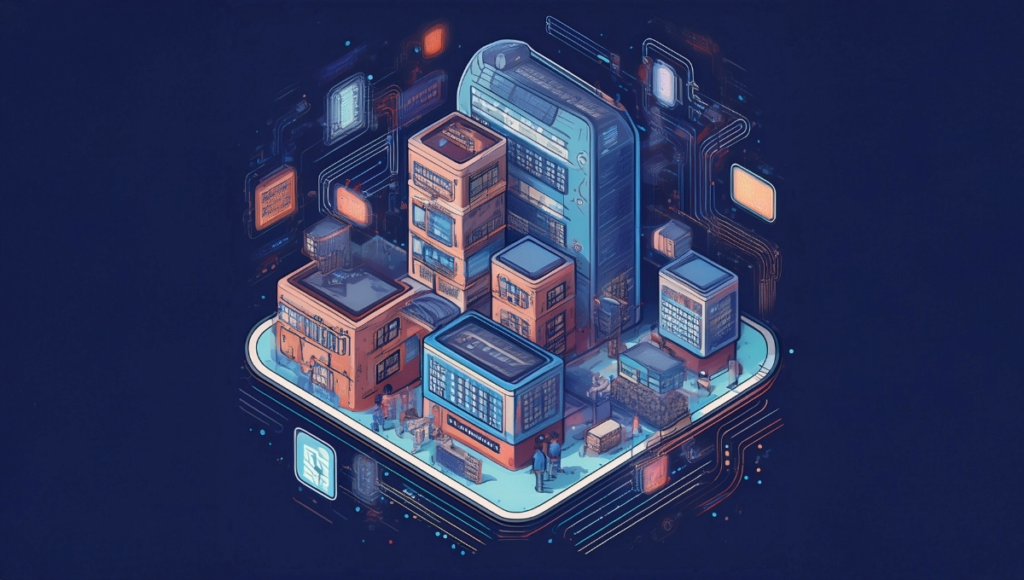
Are We AI Ready? Exploring the Future of Smarter Buildings
This month, Monday Live! is delving deep into the question, “Are we AI-ready?” The discussions focus on the readiness of the smarter buildings industry to
Home » smart building » Page 2

This month, Monday Live! is delving deep into the question, “Are we AI-ready?” The discussions focus on the readiness of the smarter buildings industry to

I didn’t plan to work in smart buildings. I got here by accident. But once I saw how much this industry felt like a big, complicated puzzle full of challenges like making buildings safer, greener, and smarter, I knew I belonged. But this industry is also quite male-dominated (you may have noticed). I needed a way to not only survive in this industry, but thrive.
My secret weapon? Curiosity.
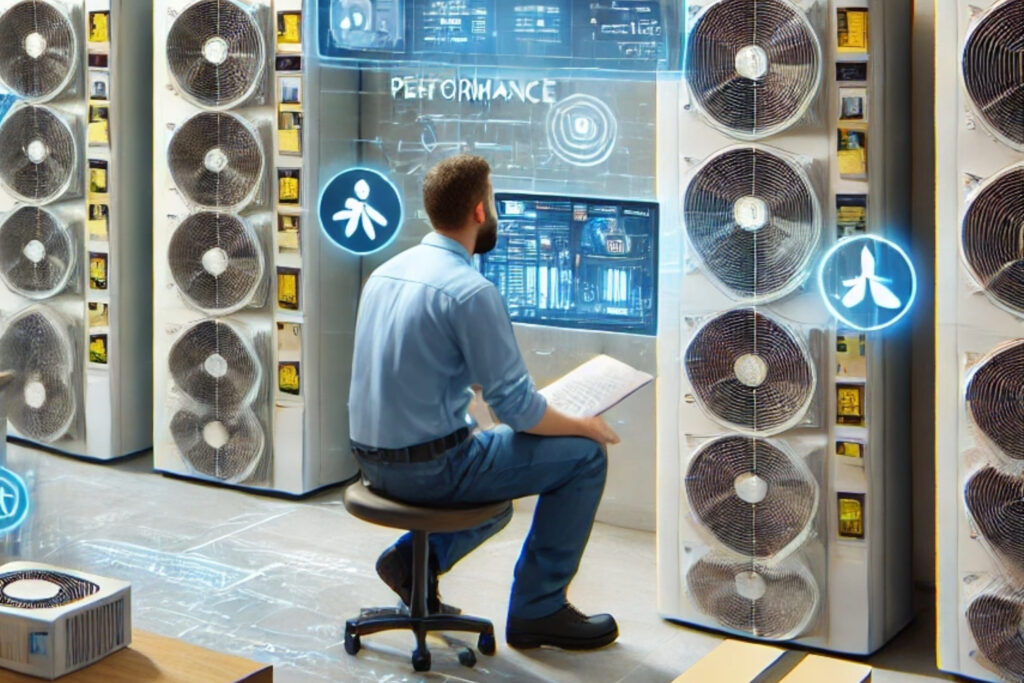
Our third education session was a popular one that brought together industry leaders to explore the complexities of integrating giant heat pumps into building automation

At the second education session of AHR Expo 2025 in Orlando, industry leaders gathered to discuss “How to Scale Your Talent with Tech.” The panel explored how
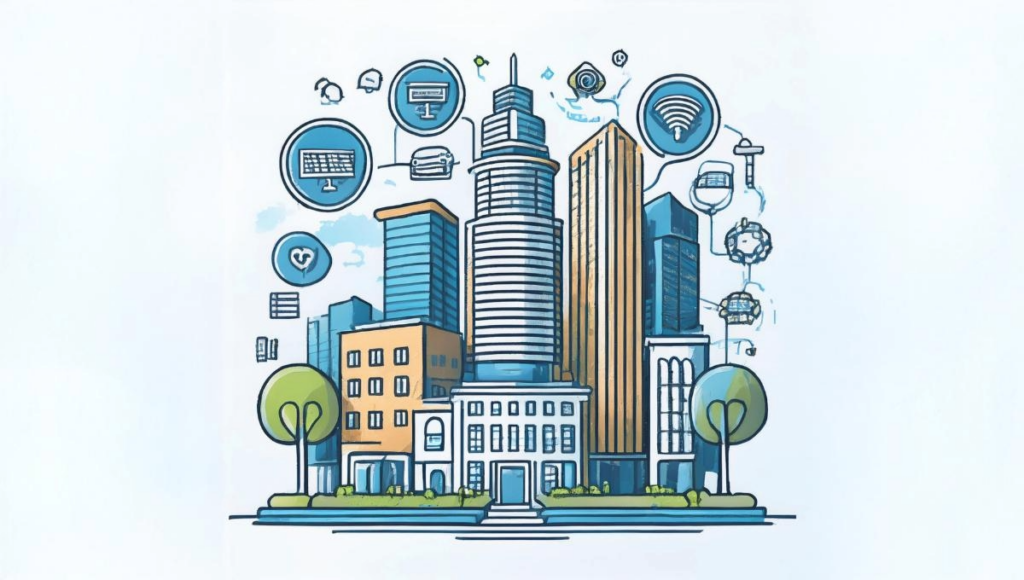
Last week’s Monday Live! The session is dedicated to exploring the future of smart buildings, and this week’s discussion was packed with insights, reflections, and
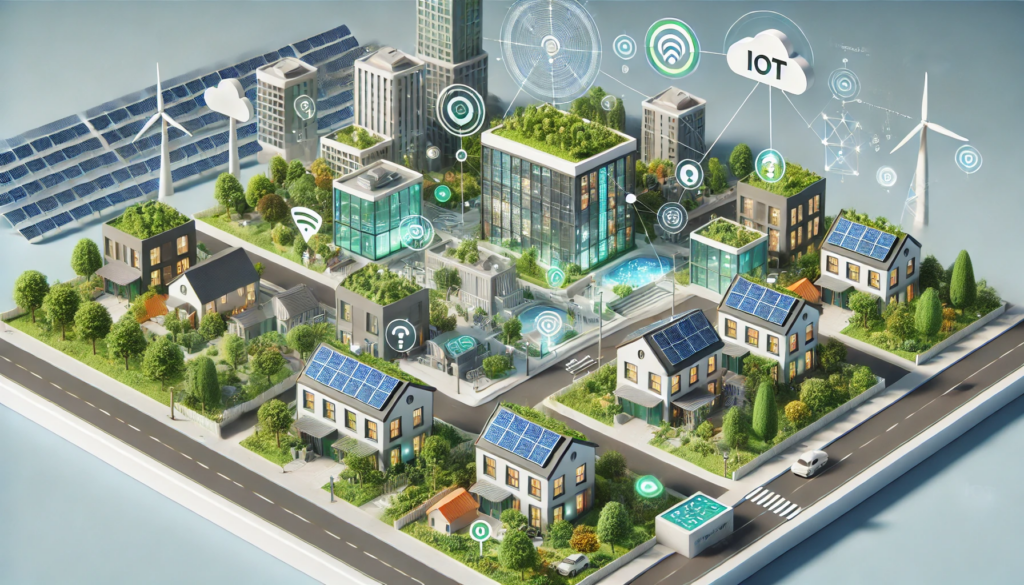
Here is the first TLDR summary of our education sessions at AHR Expo 2025 in Orlando . Our first session, “Scaling Up: The Next Wave
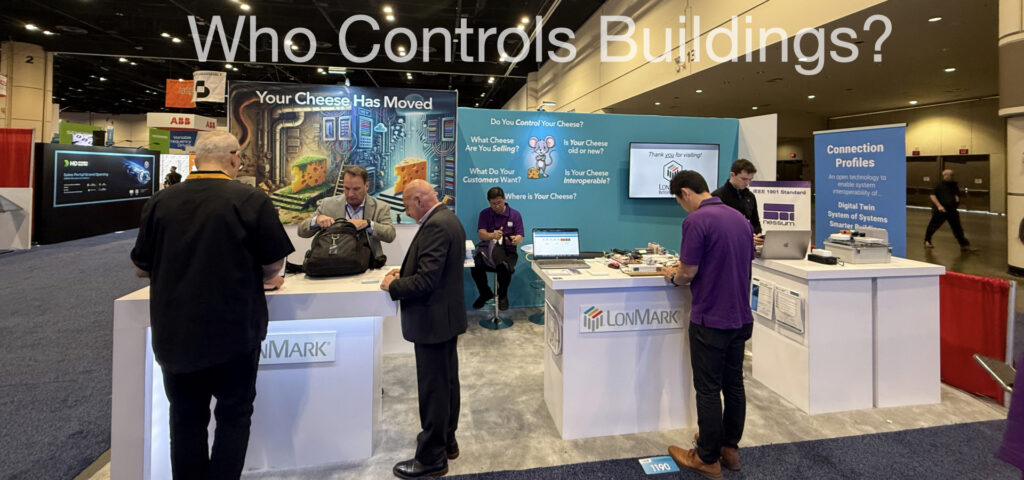
Walking into AHR Expo 2025, I had one question in mind:Who really controls our buildings? With thousands of booths, AHR is the place to see

Decarbonization is reshaping the energy management landscape, creating new opportunities and challenges for BAS professionals. From electrification and energy optimization to industry collaboration, the path to a low-carbon future is complex but full of potential. By embracing this transformation, BAS professionals can play a pivotal role in driving sustainable solutions and shaping the future of smart building design. The time to act is now—decarbonization is not just the future; it’s the present.
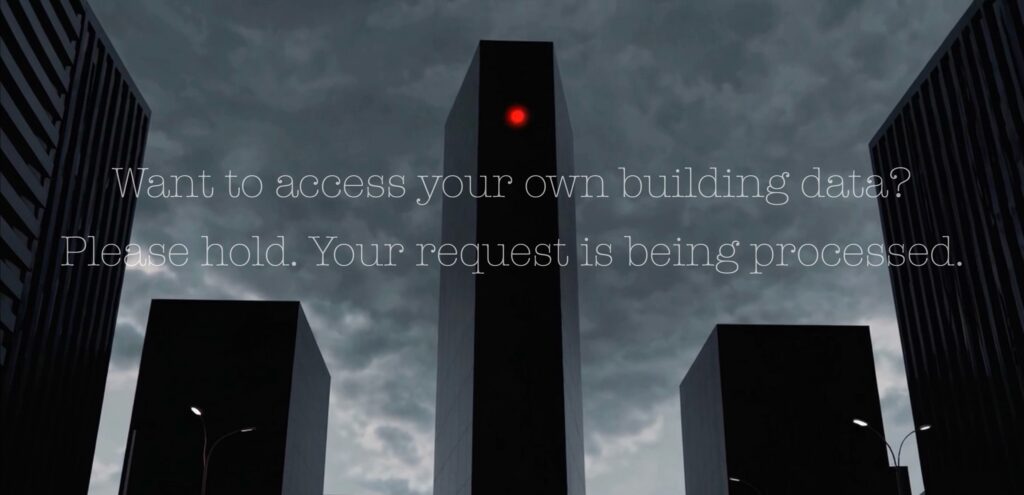
“We broke free from phone monopolies over four decades ago—so why are buildings still trapped?”
Proprietary building systems block access, restrict integrations, and keep owners dependent. The tools for open, interoperable buildings exist—it’s time to demand them.
Join us at AHR Expo to see how the Interoperable Building Box (IBB) is breaking the cycle.

It’s Time to Fix Our Dumb Cities with Smarter, Open Systems It’s ironic that Southern California Edison—named after one of history’s smartest inventors—keeps proving how

This month, Monday Live! is delving deep into the question, “Are we AI-ready?” The discussions focus on the readiness of the smarter buildings industry to

I didn’t plan to work in smart buildings. I got here by accident. But once I saw how much this industry felt like a big, complicated puzzle full of challenges like making buildings safer, greener, and smarter, I knew I belonged. But this industry is also quite male-dominated (you may have noticed). I needed a way to not only survive in this industry, but thrive.
My secret weapon? Curiosity.

Our third education session was a popular one that brought together industry leaders to explore the complexities of integrating giant heat pumps into building automation

At the second education session of AHR Expo 2025 in Orlando, industry leaders gathered to discuss “How to Scale Your Talent with Tech.” The panel explored how

Last week’s Monday Live! The session is dedicated to exploring the future of smart buildings, and this week’s discussion was packed with insights, reflections, and

Here is the first TLDR summary of our education sessions at AHR Expo 2025 in Orlando . Our first session, “Scaling Up: The Next Wave

Walking into AHR Expo 2025, I had one question in mind:Who really controls our buildings? With thousands of booths, AHR is the place to see

Decarbonization is reshaping the energy management landscape, creating new opportunities and challenges for BAS professionals. From electrification and energy optimization to industry collaboration, the path to a low-carbon future is complex but full of potential. By embracing this transformation, BAS professionals can play a pivotal role in driving sustainable solutions and shaping the future of smart building design. The time to act is now—decarbonization is not just the future; it’s the present.

“We broke free from phone monopolies over four decades ago—so why are buildings still trapped?”
Proprietary building systems block access, restrict integrations, and keep owners dependent. The tools for open, interoperable buildings exist—it’s time to demand them.
Join us at AHR Expo to see how the Interoperable Building Box (IBB) is breaking the cycle.

It’s Time to Fix Our Dumb Cities with Smarter, Open Systems It’s ironic that Southern California Edison—named after one of history’s smartest inventors—keeps proving how
Our LinkedIn group has more than 4,000 members + 21,880 LinkedIn connections
Email sponsors@automatedbuildings.com